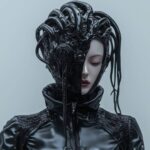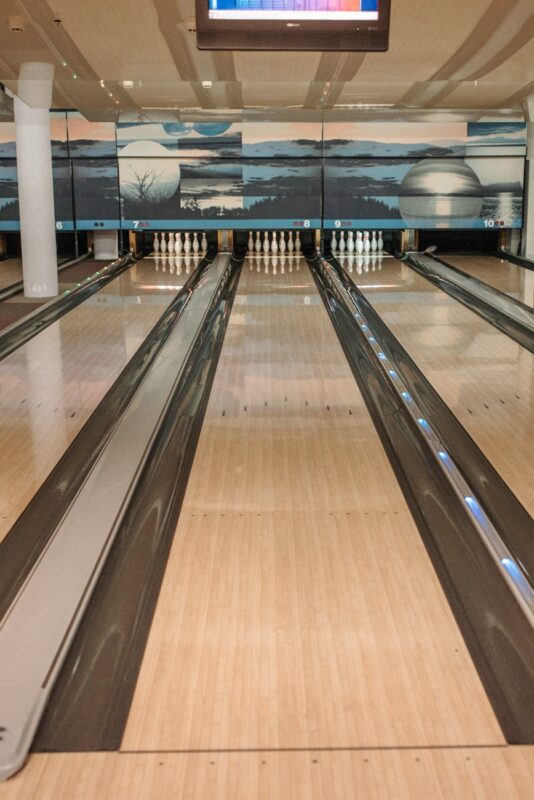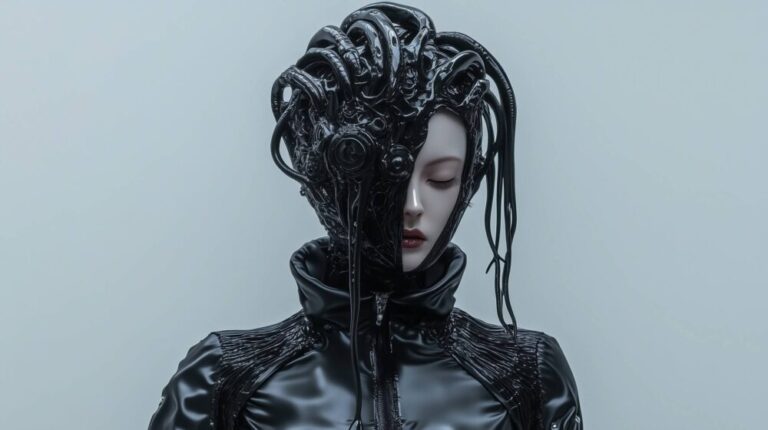In an era defined by algorithmic systems and collapsing identities, Hybrid Collapse offers a new model for what art can be. Blending AI visuals, experimental sound, and philosophical inquiry, the project transforms cultural fragmentation into a multilayered experience — part music, part theory, part digital ritual.
We live in a time when culture is no longer stable. Identity is fluid, technology is intimate, and art has become a site of deep entanglement between aesthetics, politics, and computation. In this shifting landscape, Hybrid Collapse emerges not as a reaction, but as a proposal — a bold experiment in what art can become when it stops pretending to be separate from the systems it critiques.
More than just an art project, Hybrid Collapse is a living structure — a hybrid organism made of AI-generated images, experimental sound, philosophical essays, and symbolic narratives. It doesn’t simply use technology as a tool; it treats it as part of the message. It doesn’t aim to entertain — it aims to disturb, provoke, clarify, and reconfigure.
A Platform, Not a Product
Hybrid Collapse is not defined by a single format. It is not a band, a video series, or an academic journal — it is all of these at once, and none of them entirely. It functions as a platform: a modular, evolving system that blends audiovisual experience with conceptual depth. Its core elements include:
-
A debut album (Biopolitics) exploring themes of power, sexuality, surveillance, and digitized identity
-
A sequence of AI-generated short films that loop like rituals or transmissions
-
A growing archive of critical essays linking each piece to philosophical frameworks
-
An online presence that bridges art spaces, theoretical discourse, and social media rituals
This modular approach reflects the core logic of hybridity. Instead of presenting one cohesive style or ideology, Hybrid Collapse embraces contradiction. It welcomes fragmentation. It builds coherence from dissonance — not as a flaw, but as a strategy.
A New Kind of Artist
In Hybrid Collapse, the artist is no longer a solitary figure working in isolation. Instead, the creator becomes a systems thinker, an aesthetic curator, and a theoretical translator. AI is not a threat to this role, but an extension of it — a partner in the generation of form, distortion, and ambiguity.
The use of generative tools is never purely visual. The AI-generated bodies, faces, and symbols are loaded with cultural codes — femininity as performance, ritual as repetition, beauty as control. These are not random outputs. They are intentional distortions. Every glitch becomes a metaphor.
Likewise, the music resists simple genre classification. It shifts from dark ambient to glitch, from industrial textures to delicate melodies — always in service of the conceptual mood. Each track is not just a song; it is a space, a thesis, an atmosphere.
Philosophy as Material
What distinguishes Hybrid Collapse from most AI-driven art projects is its deep integration of theory. Every track is accompanied by a text — not as promotion, but as infrastructure. These essays draw on thinkers like Foucault, Haraway, Braidotti, and Han, but they are written for artists, listeners, and wanderers — not just academics.
Philosophy here is not decoration. It is a method. It helps map what cannot be seen in the visuals or heard in the sound — the structures of control, the myths beneath modern subjectivity, the tensions between body and code. In this way, Hybrid Collapse offers something rare: an artwork that thinks.
The Aesthetic of Collapse
The title is no accident. Hybrid Collapse does not pretend to offer solutions. It does not long for a return to “the real” or “the human.” Instead, it dwells inside the breakdown — aestheticizing it, decoding it, and turning it into a language.
Collapse here is not destruction. It is transformation. The collapse of fixed identity opens space for hybrid forms. The collapse of linear narrative opens space for loops and repetition. The collapse of old aesthetics opens the way for posthuman beauty: cold, layered, encrypted, ritualized.
Beyond the Gallery, Beyond the Feed
One of the most intriguing aspects of Hybrid Collapse is how it refuses conventional formats. It’s not designed for galleries — though it has appeared in exhibitions. It’s not optimized for algorithms — though it circulates online. Instead, it creates its own logic of presence: ambient, enigmatic, suggestive.
This makes the project difficult to categorize — and therefore powerful. It can exist as a music album, a media object, a theoretical archive, or a signal drifting across the internet. It invites viewers to linger, not scroll. To interpret, not consume.
In Conclusion: Toward Hybrid Futures
In a culture saturated with speed and clarity, Hybrid Collapse stands out by offering slowness, ambiguity, and reflection. It doesn’t ask to be liked — it asks to be thought through. It represents not a retreat from technology, but a deeper dive into its aesthetic and political unconscious.
If this is the future of art — fragmented, hybrid, machinic, philosophical — then Hybrid Collapse is not just ahead of the curve. It is drawing the curve itself.




















+ There are no comments
Add yours